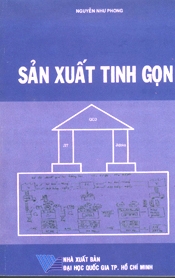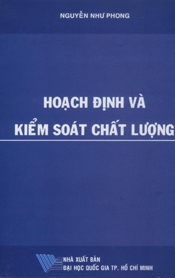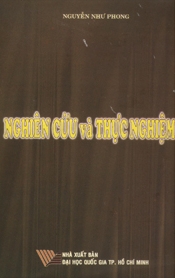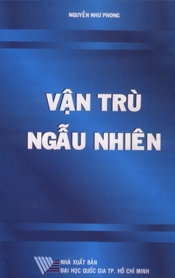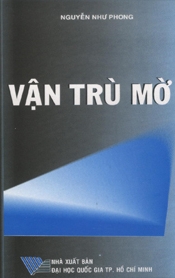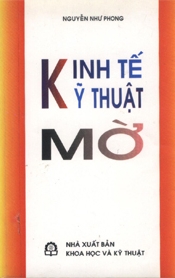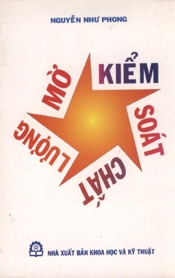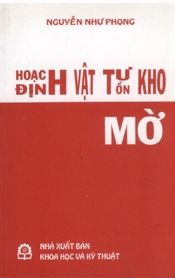
| Managerial Decisions for Cost in Transportation: An Applying Integer LP Model. |
|
Managerial Decisions for Cost in Transportation: An Applying Integer Linear Programming Model Ahmet Ergülen – Halim Kazan Global competition has imposed tremendous pressure on product and service providers to transform and improve their operations and practices. Companies are responding to this pressure by reengineering and streamlining their operations to serve better to their customers. More specially, firms are involved in improving the performance of their supply chains through various strategic and operational tools. One such strategy utilized by companies is to concentrate on their core competencies in the transportation chain and outsource the other functions. In essence firms are indulging in strategic organizational networks such as network organizations, virtual corporations, and value-added partnerships. These supply chain networks (SCNs) are considered as a solution for effectively meeting customer requirements such as low costs, high product variety, high quality, and short lead times [1] ,[2] , [3], [4] . The main purpose of transportation is to provide lower cost and higher speed, quality and productivity. This study shows that the distribution cost of products could be minimized with Integer Linear Programming model, using tables of products, which would provide savings to the firm and be in return to the distribution cost of a firm, in the distribution plan of the logistic department of a firm (business) during the marketing activities in which competition is important to all firms. The literature in this area can be broadly categorized into conceptual, empirical, and quantitative frameworks for designing and operating SCNs. It is important to note that in any area of study the conceptual models provide a strong foundation for developing rigorous quantitative frameworks. [5] Miles and Snow (1984) performed the initial work in the area of conceptual network models. They introduced the concept of external groups, which they termed as dynamic networks. According to them, a dynamic network is a combination of independent business processes with each contributing what it does best to the network. [6] Later, Lawless and Moore (1989) studied the application of dynamic networks in private and public industries. Managerial processes for designing, operating, and care-taking a network were suggested by [7] Snow et al. and [8] Snow and Thomas. [9] Talluri S., R.C. Baker / European Journal of Operational Research [10] Snow et al. illustrated three types of network organizations: they are internal, stable, and dynamic. In an internal network, firms own most of their assets in the business, and they do not become involved in outsourcing. In the literature review, which is carried out, it has been observed that quantitative methods related to decision-making used in relation to distribution problems. Some of these studies done in this field are: A linear programming model for integrated steel production and distribution planning ([11]. Optimizing Delivery Fees For a Network of Distributors [12] “The model for Making the Distribution Strategies of Businesses: A Sample Application Study on Eastern and Northern Provinces of Turkey which has difficult conditions for distribution ([13]. Moreover, linear programming techniques have great attraction. Including all sorts of production such as transportation, energy and telecommunication they have been successfully used in many sector ([14]. [15] Durhan and others pointed out that minimizing transportation cost is important in developing various pricing strategies against rival firms during marketing activities and this is one of the main factors which is effective in improving the general financial structure of a firm. It is a known fact that transportation costs are important in business. Therefore many studies related to minimizing transportation cost have been done. Among these studies an important part is about Vehicle Rotating Problem. Vehicle Rotating Problems are the problems of planning optimal distribution of/storing of vehicles which are given the job of serving to geographically dispersed centres from one or more tanks to one tanks. The issue of distribution of consumption products from factories to wholesalers is a good sample problem for VTP, which makes the problem easily understood. In these example factories are supply-centres and wholesalers are demandcentres. The studies in the literature related to this topic include modelling VRP problems with different characteristics, using different solution algorithms in searching optimum solution for these problems and doing application studies for the solution of problems in real life. A problem could be defined as a difference between a present existing situation and a satisfactorily expected situation. This study suggests an integer linear model which fits to the amount of demands in the problem of continuously transporting goods from a factory to many wholesalers by vehicles with different capacities and applies the suggested model to a firm IP 01 |



